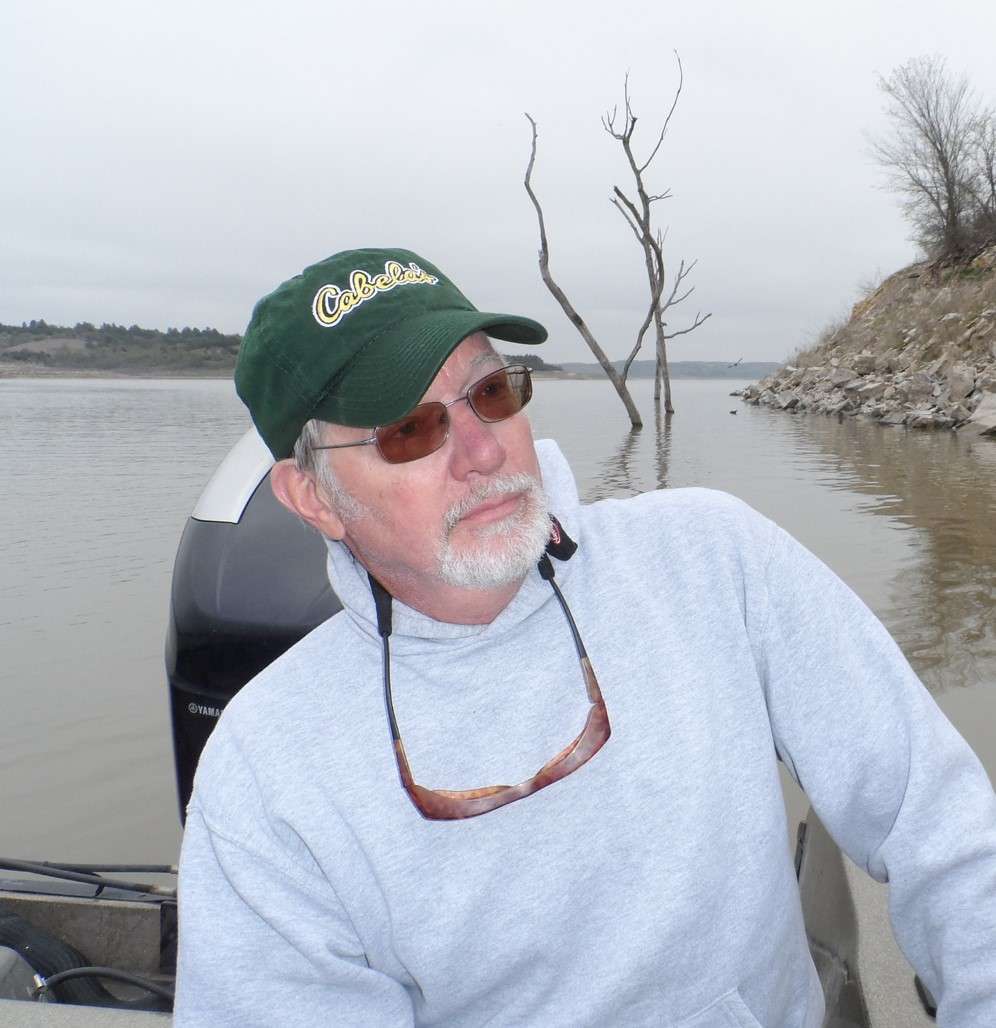My farmer friend whose underground irrigation tubing has become chew toys for the local gophers called me this week with yet another development. His home had inexplicably been without natural gas for a couple days, and the gas company crew found the problem to be holes also chewed in the underground PVC gas line near the corner of a soybean field. This all reminded me of a past story concerning squirrels and a plastic deer feeder.
A few years back we embarked on an adventure to build a simple and inexpensive deer feeder. A friend had an old unused fuel tank stand made from angle iron – the kind that once held a three hundred gallon drum on its side. I bought it for a song, and then came the challenge of what to use for a hopper to hold the corn. I’m not sure my wife has ever thought INSIDE the box, and she came up with the idea of using a poly cart like the ones that hold our weekly trash. I called the local solid waste utility company, found an old one with a broken axle and bought it for another song. We wanted to use a “flinger” style mechanism to dispense the corn, and since the bottom of poly carts are flat, that required somehow making the inside of the poly cart funnel shaped to funnel the corn down to the mechanism. That problem was solved by cutting two pieces of scrap plywood to fit inside the hopper, making the inside wedge-shaped.
We purchased the dispensing mechanism which consists of a small wheel mounted above a motor that’s driven by a square six volt battery. It’s all controlled by a timer which turns the dispenser on and off at programed times, spinning the wheel and flinging corn around onto the ground. A thick plastic funnel comes with the dispenser and bolts around a hole cut into the bottom of the hopper. That funnel is specially designed so that when it’s positioned the right height above the flinger, it allows corn to run out of the hopper onto the flinger wheel, but causes it to “bridge-up” and stop until the wheel spins. In other words, if the funnel was wider or placed too far above the wheel, the corn would just pour constantly onto the ground until it had all run out.
That following spring we were using the feeder to feed corn to turkeys prior to spring turkey season. I remember going there one evening to check the amount of corn in the hopper and was surprised to find it empty with lots of corn on the ground. I backed up to the feeder and climbed up onto it with a bucket of corn like I had done numerous times before, but when I dumped the bucket into the hopper the corn all ran straight through onto the ground. Upon inspection, I found that the plastic funnel had been chewed off by some critter making it much shorter and allowing the corn to just pour through the hole. The feeder was now useless until a new funnel of some sort was put onto the bottom of the hopper.
A couple weeks later we headed out to pick up our then-useless deer feeder for repairs. It dawned on me that the hopper was made to be easily removed and that’s all we needed anyway, so we began removing the bolts that held it to the frame. As we worked, it seemed like I could hear an occasional rustling sound inside the hopper. Each time I stopped to listen, the rustling noise stopped too, so I dismissed it to my imagination. When the hopper was finally loose we toppled it over into the bed of the pickup, and Joyce began hearing my “imaginary” rustling noise also. Supposing a no-good packrat was inside, I pulled the hopper to the back of the pickup and started to open the lid. My plan was to stand to the side and let the open lid dangle over the back of the bed in hopes that our freeloader would jump out the back and be gone without incident. While rolling the hopper around, the rustling inside turned to scratching and clawing and with the hole in the hopper facing away from us, I prepared to open the lid and confront the intruder. I unsnapped the tarp strap that held the lid closed, but before I could fling it open, a squirrel bailed out the hole in front, clearing the side of the pickup in one bound like Rocky the flying squirrel. Joyce and I starred at each other in disbelief; I think her only words were” I didn’t see that comin’!” The critter had actually chewed a hole through the half-inch plywood inside and had quite the cozy little nest built within; we pulled grass and leaves out of there for five minutes.
The most amazing thing about the whole squirrel-nest-inside-the-deer-feeder-hopper thing is that the only way into it was up through the hole in the bottom. I know squirrels can squeeze their bodies into some impossible places, but I’d loved to have watched it leap from the frame of the feeder onto the motor, then stuff itself up through the gnawed-out plastic funnel and into the polycart. This gives a whole new meaning to the term “squirrel corn.” So, as you continue to Explore Kansas Outdoors, if something seems squirrely, it probably is!
Steve can be contacted by email at stevenrgilliland@gmail.com.



